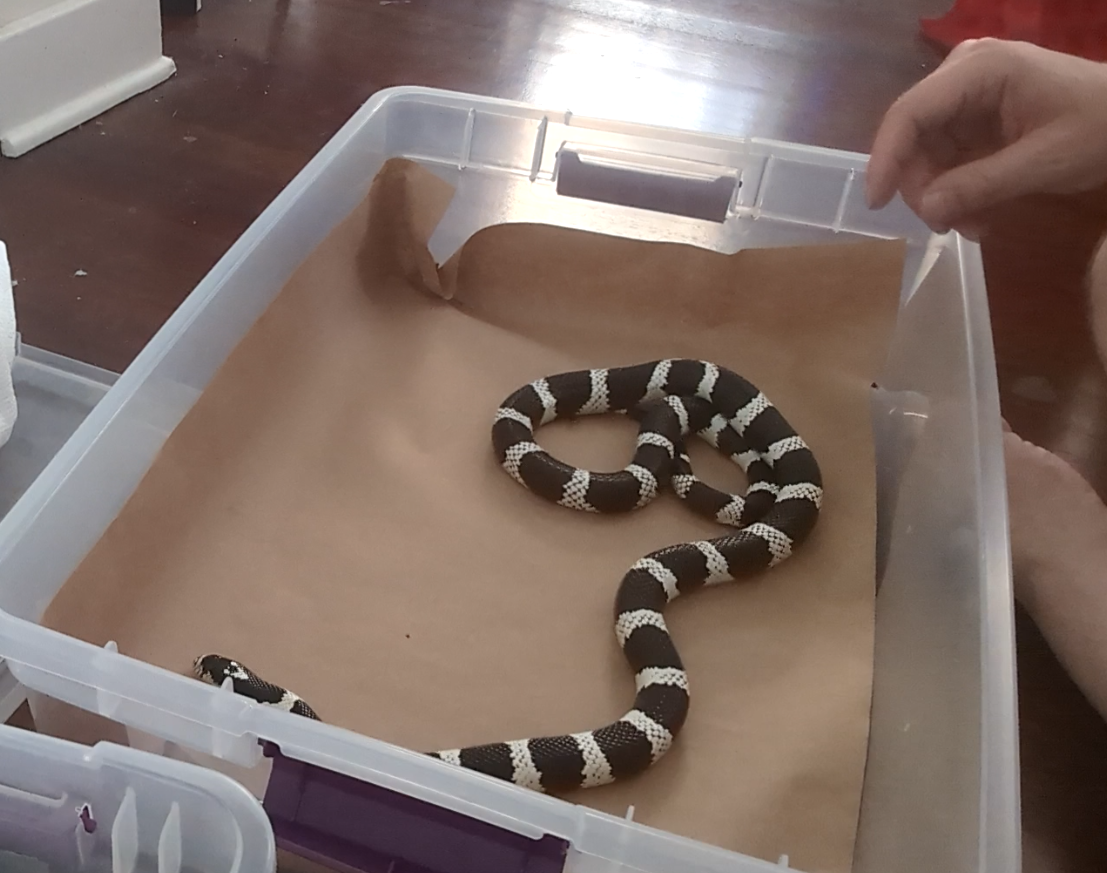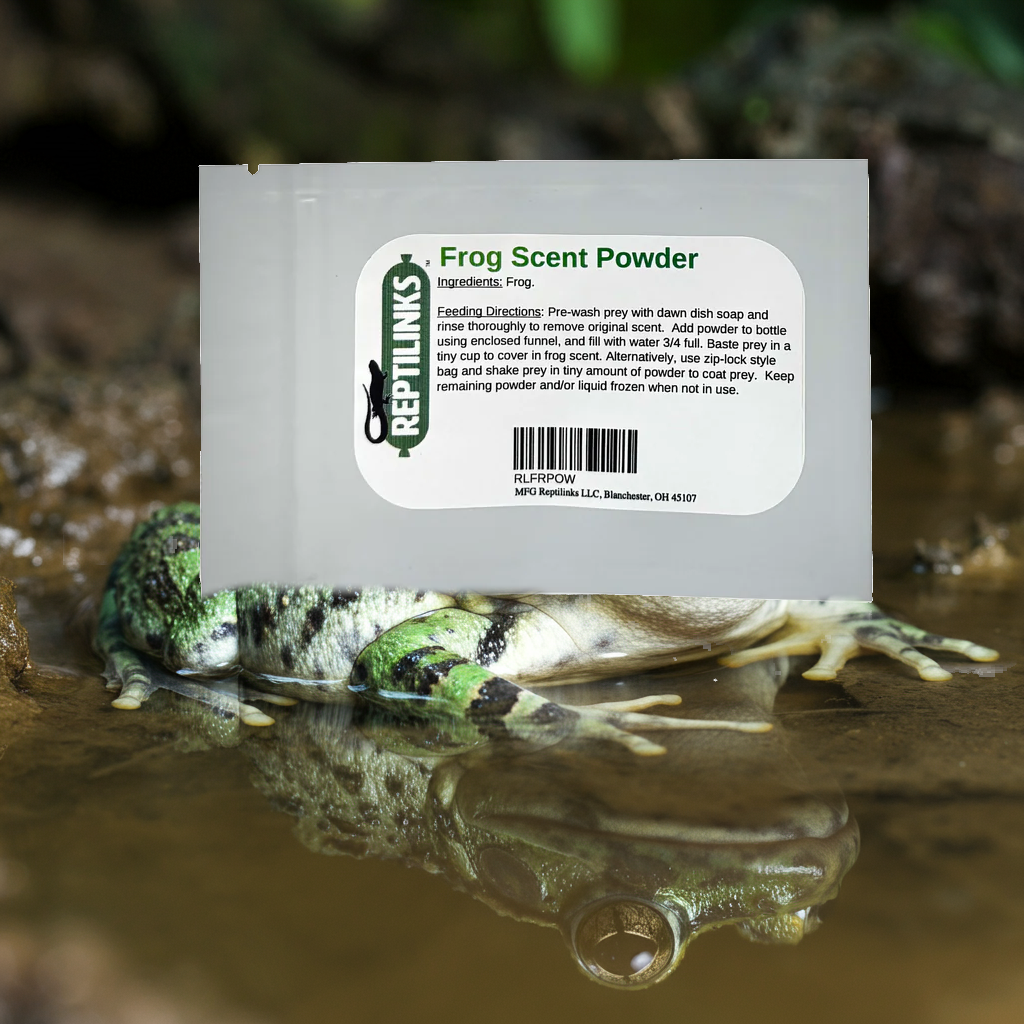There are many quarantine HOWTO articles out there, but none quite get it right. We're going to explore how to actually quarantine reptiles appropriately.
Why Quarantine?
In spite of a general attitude in the "reptile community" that animals cannot get diseases, reptiles do in fact get diseases. From nidovirus to adenovirus to cryptosporidium, there are plenty of things to worry about in addition to reptile mites.
Nidovirus/Serpentovirus
The generic term "nidovirus" is a whole family of viruses. There is even nidovirus in blue tongue skinks and hognose snakes – however, they do not generally present with disease. Ball pythons, green tree pythons, and even chameleons can present severe disease when infected with nidovirus.
For this article, when we say nidovirus we are referring to serpentovirus. Individuals that express disease will generally express as a severe respiratory infection that may be seasonal and repeating. These respiratory infections may make them more susceptible to other infections.
Nidovirus is not treatable.
When it comes to pythons, this virus is due to mishandling and inappropriate biosecurity. Luckily, this virus can be completely destroyed with basic dish soap.
Adenovirus
Similar to nidovirus, when we say adenovirus we are specifically discussing the virus that affects bearded dragons. Individuals expressing disease may be lethargic and possibly even go into seizures. This is, again, caused by inappropriate biosecurity.
Adenovirus is not treatable.
Like nidovirus, adenoviruses can be destroyed with dish soap and appropriate sanitation.
Adenoviruses and nidoviruses have a lipid layer, or fat layer, around the virus. Dish soap destroys this layer and is just as effective as many other cleaners.
Cryptosporidium
This is one of the most important considerations with reptiles. Cryptosporidium is an organism that lives and reproduces inside of the body of the animals it affects. Disease expressing individuals may regurgitate food, experience mid body swelling, and often are cool seeking.
Unlike the viruses above, you cannot kill cryptosporidium in any practical way.
Some sites and individuals may say that peroxide kills cryptosporidum, but the CDC says there is no practical way to destroy cryptosporidium oocytes.
Dish soap is not effective at killing cryptosporidium but washing can reduce the number of infection causing agents on a surface. Freezing does not destroy them. Steam and boiling does, but this is often not practical to do with a normal enclosure with furniture and substrate.
Mites
Compared to the diseases above, mites are probably the least of a reptile keepers worries. While these little annoying pests can end up quickly spreading through a collection of animals there are many different ways to resolve a mite infestation.
Dish soap is, yet again, a really great way to get rid of them.
How to Quarantine
Quarantine of new animals has several key steps:
- Isolate individuals from any other animals you have in your home
- Monitor the individuals over time
- Practice appropriate sanitation procedures
- Isolate all tools (fomites) to the quarantined animal
The best way to isolate animals from the others is to move them as far as possible. While a completely separate room with a negative air pressure, sticky mats, plastic aprons, gloves, etc would be ideal... the average keeper doesn't have this.
In place of the considerations above the best way is to make space. If you have a spare room with a door that is ideal.
DO NOT share any tools between quarantined animals and other animals. That includes feeding tongs.
DO NOT re-use feeders offered to quarantined individuals with other individuals. While it isn't great to waste food, it is far worse to inadvertently infect animals with diseases to save a few bucks.
Substrate
While many sources recommend paper towels as a substrate for quarantine, it is ideal to use something like Kraft paper for a variety of reasons.
- Kraft paper is often cheaper than paper towels
- Kraft paper is less inclined to mold and mildew in a humid and warm environment
- It is extremely unlikely, unlike a paper towel, that kraft paper can get ingested by an animal
- The animal is less likely to hurt themselves on kraft paper (consider claws being stuck in paper towels, etc)
- Collecting samples, such as fecal samples, is easier since the sample is not absorbed into a paper towel - instead it remains on the surface of the kraft paper
The Enclosure
Sterilite tubs, click clacks, Really Useful Box and a variety of plastic boxes are very popular with quarantine.
These are relatively cheap and made of plastic. Plastic can withstand steam, soap, and scrubbing. The surface of plastic is non-porous allowing for an even better ability to wash it.
Furniture
We are focusing on isolating materials within the quarantine space and that doesn't mean the animal has to sit on a piece of paper in a plastic tub with no other enrichment.
You can find paper towel tubes, fast food containers, and other cheap, disposable items to add to the quarantine environment.
Remember: You want to consider the whole quarantine environment as disposable if something goes wrong.
Ventilation
We want ventilation for a variety of reasons. Obviously we want the animal to be able to breath easily. Another consideration to ventilation is making sure that we have a sanitary environment with fresh air to prevent mold, mildew, bacterial build up, and general control of humidity.
The best way to make holes in your tub is by using drill bites intended for wood working. These bits have a very large spike on the end and very sharp channels. They will easily go through plastic from PVC to Sterilite tubs - making a clean hole.
While many individuals recommend stabbing the plastic with a hot soldering iron try to avoid doing this. Not only do you ruin your soldering iron and other tools, but you also create toxic plastic fumes and a difficult to clean melted plastic hole.
The drill bits are far superior.
Additional Considerations: Testing
While you are quarantining your animal, consider proactively testing for disease.
You can use services like VetDNA and Fishhead Labs that offer mail order kits to test for many diseases. These tests are molecular tests that have a very low rate of false positives.
Your local veterinarian will have the ability to send off tests for molecular testing but may also have staff available that is specifically trained in methods like acid fast staining that allow them to visually inspect samples. This is an effective way to locate parasites and possibly even cryptosporidium, however you should consider the molecular tests for their accuracy.
Conclusion
This is a very quick overview of the some of the methods for quarantine.
You can also find our video here.






Comments